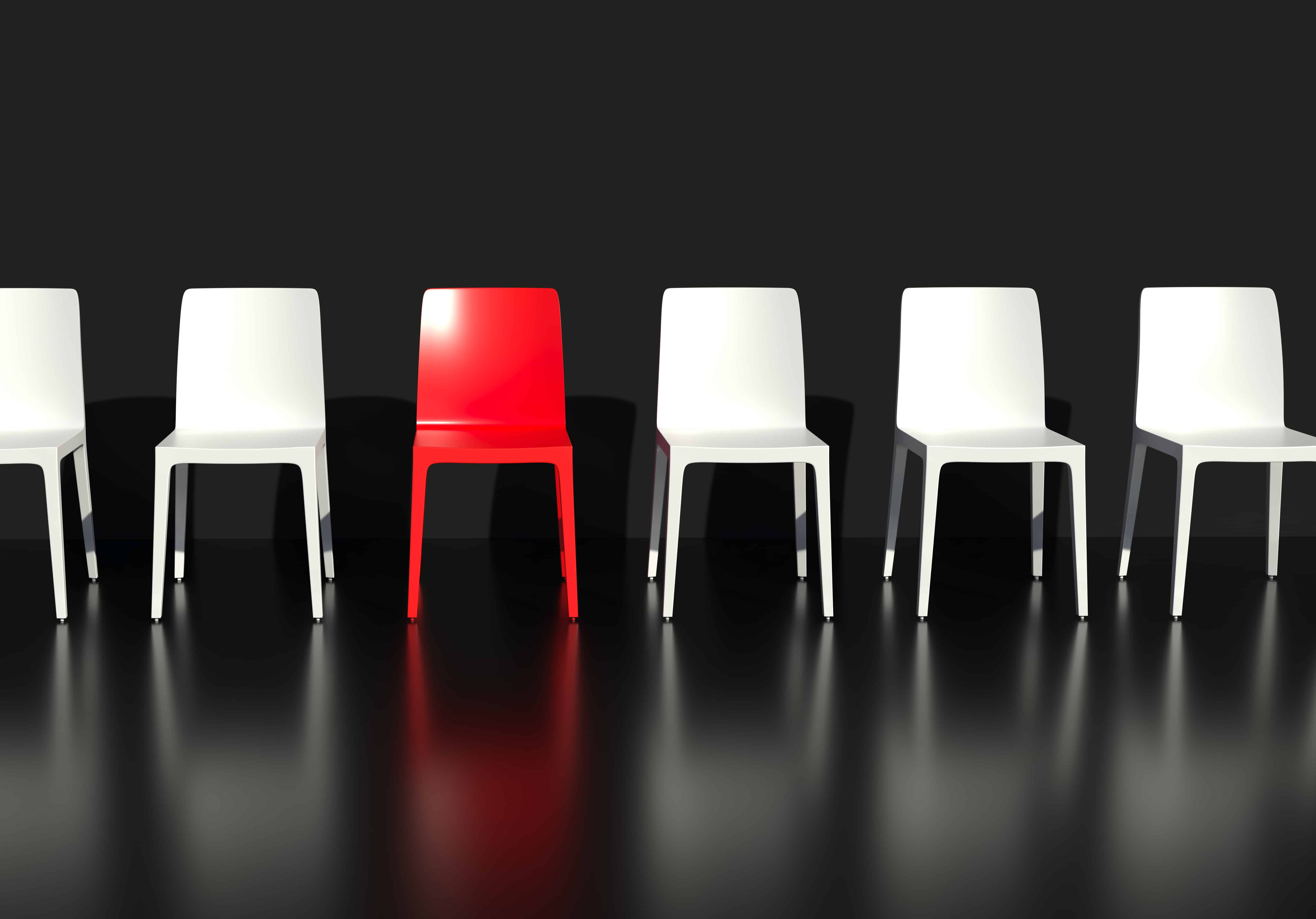Bonnie kept cereal boxes high in a kitchen cupboard where her husband couldn’t reach them.
Bonnie wasn’t intentionally keeping cereal from Adam. She just wasn’t considering how their cupboard design limited Adam, who uses a wheelchair.
This example from the CBS show “Mom” demonstrates the importance of inclusive design. In happy-ending-sitcom form, a kindhearted carpenter friend built a movable shelf so Adam could be more independent in the kitchen.
We have the potential to impact individual lives in deeply meaningful ways by focusing on inclusivity and using empathy to guide us. Inclusive design means more people can interact with your product or brand in different ways and have a sense of belonging, no matter their individual needs.
At JayRay we’re continually studying and applying inclusive design principles. We find that considering diverse perspectives also continues to enhance our creative process.
User experience experts at TestLodge and Toptal suggest we can all seek to improve our inclusive design process by answering questions like these:
- Do we have a diverse project team?
- Who might I be excluding in my design?
- What percentage of this design is function and how much is decoration?
- Am I building unnecessary barriers for users?
- Have I involved users?
People’s requirements will vary at different points in their lives. Microsoft’s Inclusive Design Toolkit explains how a design created for a permanent need also helps people with the same need on a temporary or situational basis.

By anticipating the widest range of needs, more people benefit. TV screen closed captions designed for people who are hard of hearing also benefit viewers in a noisy sports bar. A vegetable peeler designed for someone with arthritis makes food prep more comfortable for millions.
Here are some resources that have guided us. They may help you in your own inclusive design efforts:

